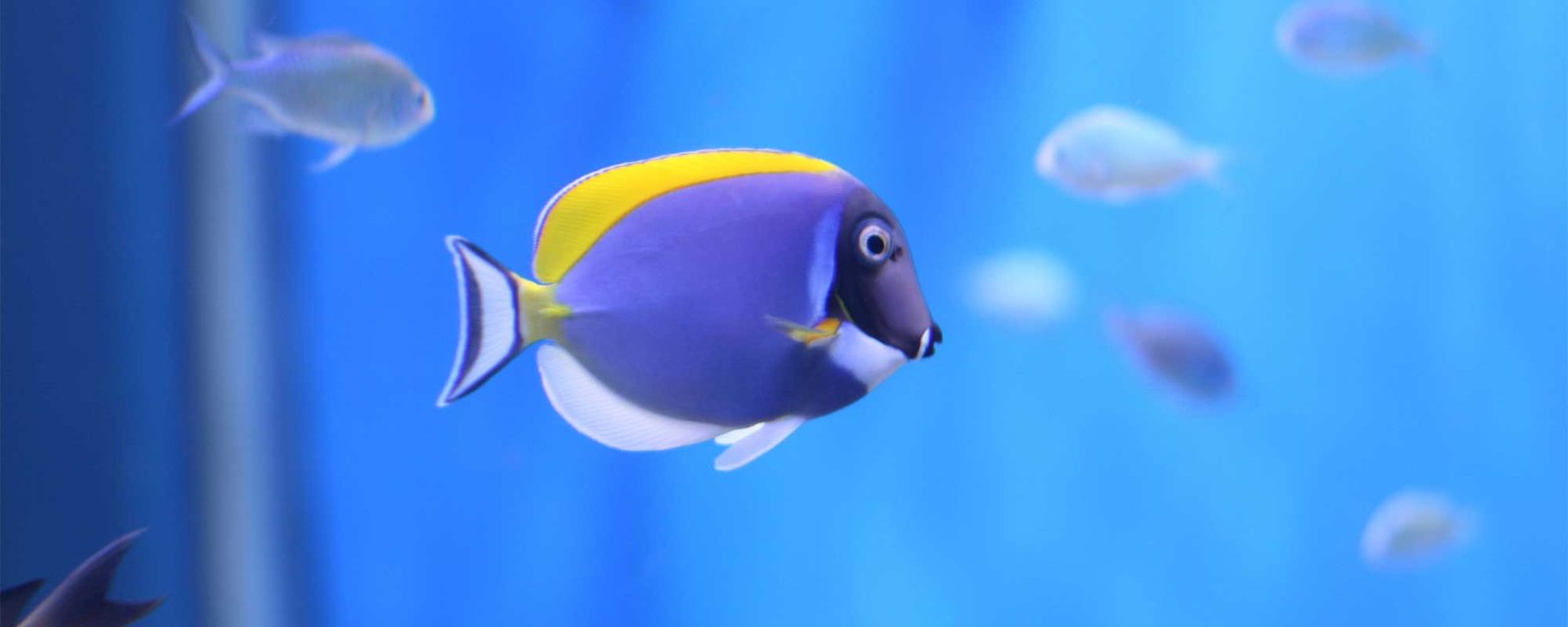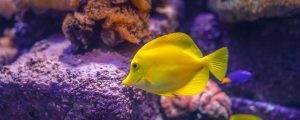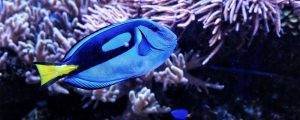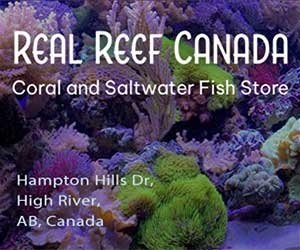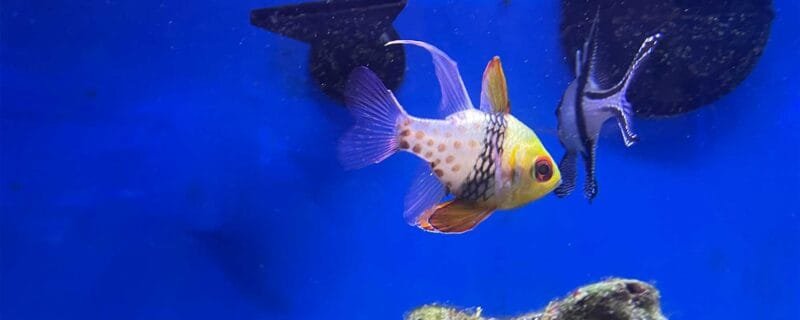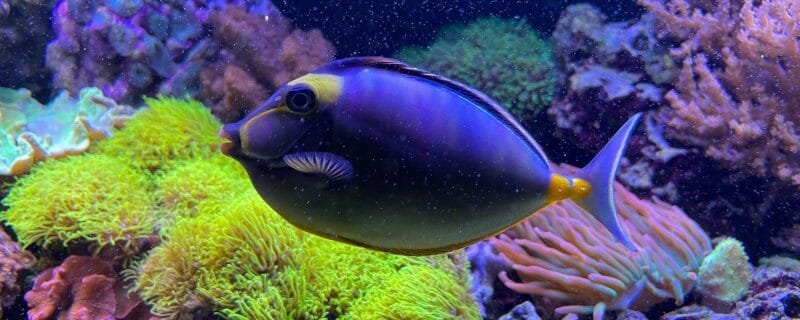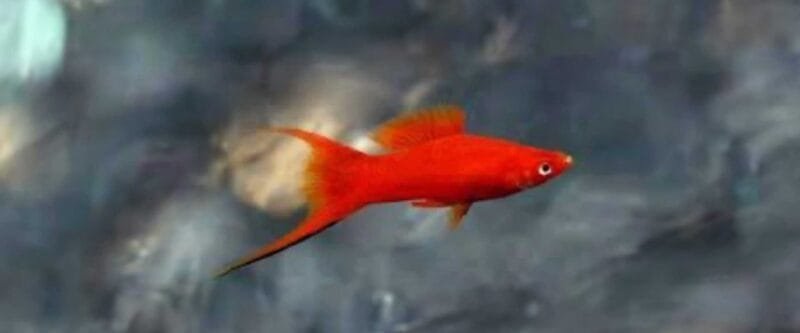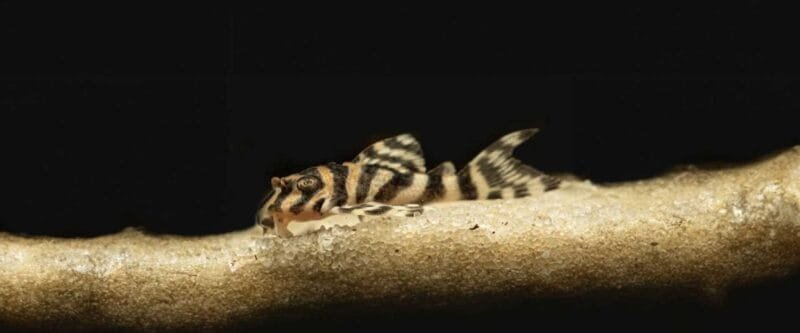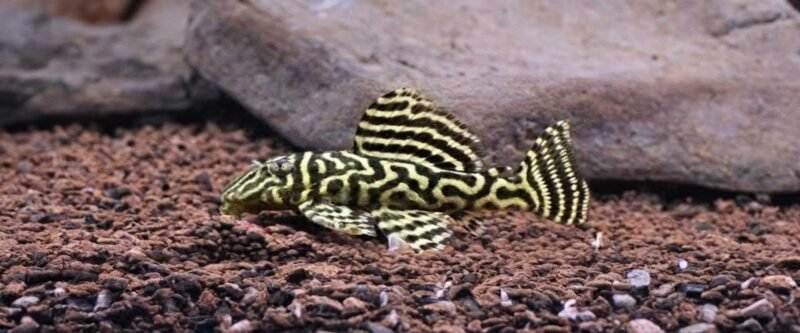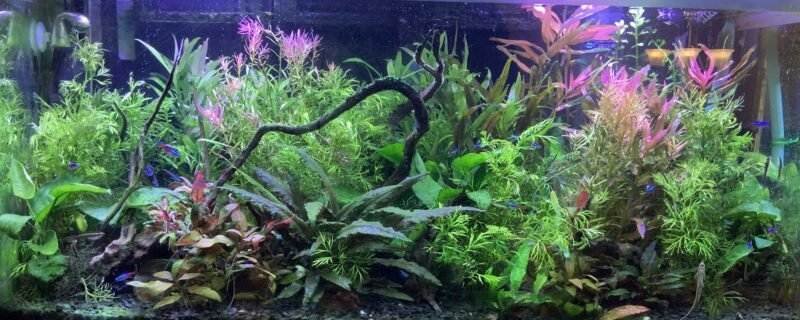The Mesmerizing Powder Blue Tang (Acanthurus leucosternon): A Splash of Brilliance in Your Marine Aquarium
The Powder Blue Tang, scientifically known as Acanthurus leucosternon, is a captivating marine fish species admired for its dazzling colors and unique personality. This graceful and vibrant fish is a prized addition to marine aquariums, but it requires careful consideration and commitment from aquarists. In this blog post, we’ll explore the world of the Powder Blue Tang, including its habitat, compatibility with community tanks, native range, dietary preferences, and more.
Habitat and Native Range
The Powder Blue Tang is native to the warm tropical waters of the Indo-Pacific, where it can be found in coral-rich environments, particularly around reef slopes and lagoons. Its natural habitat encompasses regions ranging from the eastern coast of Africa to the islands of the western Pacific Ocean. In the wild, these fish seek refuge among the crevices and coral formations of the reef.
Physical Characteristics
One of the most striking features of the Powder Blue Tang is its vibrant and eye-catching appearance, characterized by:
- A brilliant powder blue body coloration with contrasting yellow dorsal and anal fins.
- A dark, horizontal line running from the eye to the base of the tail.
- A distinct dorsal spine near the tail fin, which gives them their name.
These fish typically reach lengths of 7-10 inches (18-25 centimeters) when fully grown.
Suitability for Community Tanks
The suitability of the Powder Blue Tang for community tanks is a topic of debate among aquarists due to their specific care requirements and territorial tendencies. Here are some key considerations:
- Tank Size: Provide a spacious aquarium of at least 125 gallons (473 liters) to accommodate the size and swimming needs of the Powder Blue Tang.
- Compatibility: While they can coexist with other fish, especially in larger aquariums, they are known to become territorial as they mature. Careful observation and compatible tankmates are essential.
- Reef Compatibility: Powder Blue Tangs are generally considered reef-safe, but they may nip at or graze on corals. Ensure your corals can tolerate their browsing behavior.
Diet and Feeding Habits
Powder Blue Tangs are herbivores with a diet primarily consisting of:
- Algae and marine vegetation
- Various types of seaweed and macroalgae
- Grazing on film and hair algae
In a home aquarium, it’s essential to replicate their natural diet by offering a mix of high-quality marine-based foods. This can include marine algae sheets, blanched vegetables like spinach and zucchini, and a range of herbivore-specific pellets or flake foods.
Tank Requirements and Care
To create an optimal environment for your Powder Blue Tang, consider the following tank requirements:
- Water Parameters: Maintain stable water conditions with temperatures between 75-82°F (24-28°C), a pH level of 8.1-8.4, and a specific gravity of 1.020-1.025.
- Aquascape: Incorporate live rock formations and provide plenty of open swimming space. Powder Blue Tangs appreciate hiding spots and structures to explore.
- Tank Mates: Choose tankmates carefully, selecting peaceful species that won’t harass or outcompete the Powder Blue Tang. Avoid housing them with aggressive or similarly shaped fish.
Conclusion
In conclusion, the Powder Blue Tang (Acanthurus leucosternon) is a captivating and vibrant addition to a marine aquarium, cherished for its stunning appearance and unique personality. While their care requirements may be demanding, experienced aquarists can find great joy in providing a suitable environment for these graceful marine wonders. By offering the right habitat and a balanced diet, you can enjoy the beauty and elegance of the Powder Blue Tang in your own underwater oasis.

